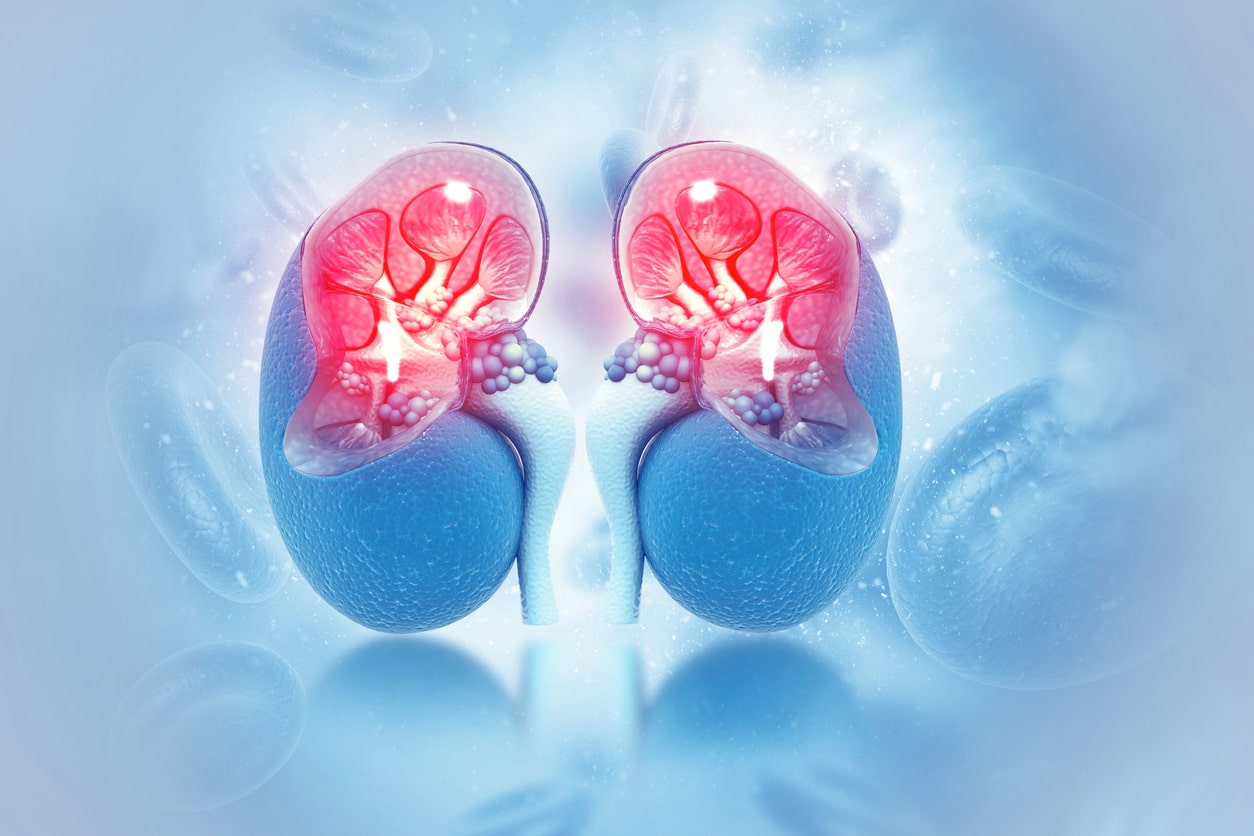
Freckles are those tiny, charming spots that often appear on the skin, especially after sun exposure. But what exactly are they? Freckles are small, flat, brown marks caused by clusters of concentrated melanin. They can appear on anyone, regardless of skin type or color, though they are more common in people with lighter skin. These spots are usually harmless and often fade with age or reduced sun exposure. Some people adore their freckles, while others may wish to minimize them. Whether you love them or not, freckles are a unique part of what makes each person special. Ready to learn more? Here are 50 fascinating facts about freckles!
What Are Freckles?
Freckles are small, flat, brownish spots on the skin. They often appear on sun-exposed areas like the face, arms, and shoulders. Let's dive into some fascinating facts about these unique skin features.
- Freckles are clusters of concentrated melanin, the pigment responsible for skin color.
- They are more common in people with lighter skin tones.
- Freckles can appear on anyone, regardless of skin color.
- Sun exposure can make freckles more noticeable.
- They often fade in the winter and darken in the summer.
- Freckles are usually harmless and don't require medical treatment.
- They can appear at any age but are most common in children.
- Freckles are different from moles, which are raised and can be a sign of skin cancer.
- The scientific term for freckles is "ephelides."
- Freckles are hereditary, meaning they can run in families.
How Do Freckles Form?
Freckles form due to a combination of genetics and sun exposure. Here's how it happens:
- UV rays from the sun stimulate melanocytes, the cells that produce melanin.
- People with a variant of the MC1R gene are more likely to develop freckles.
- The MC1R gene is also linked to red hair and fair skin.
- Freckles can appear after just a few minutes of sun exposure.
- Sunscreen can help prevent new freckles from forming.
- Freckles are more common in areas with high UV exposure, like Australia.
- They can appear on any part of the body, not just the face.
- Freckles can merge together to form larger spots.
- They are more common in people with blue or green eyes.
- Freckles are not a sign of skin damage but rather a natural response to UV exposure.
Types of Freckles
Not all freckles are the same. There are different types, each with unique characteristics:
- Ephelides are the most common type of freckles.
- Solar lentigines, also known as age spots or liver spots, appear later in life.
- Ephelides are usually smaller and lighter than solar lentigines.
- Solar lentigines are caused by prolonged sun exposure over many years.
- Freckles can be red, tan, light brown, or dark brown.
- Some people have a mix of ephelides and solar lentigines.
- Freckles can appear in clusters or be spread out.
- They can be round, oval, or irregularly shaped.
- Freckles can appear on the lips and inside the mouth.
- Some people have freckles on their eyes, known as iris freckles.
Myths and Misconceptions About Freckles
There are many myths and misconceptions about freckles. Let's clear some of them up:
- Freckles are not a sign of poor health.
- They do not indicate a higher risk of skin cancer.
- Freckles are not contagious.
- They cannot be removed permanently without medical procedures.
- Freckles do not turn into moles.
- They do not indicate a lack of hygiene.
- Freckles are not caused by dirt or grime.
- They do not disappear with age but may become less noticeable.
- Freckles are not exclusive to redheads.
- They do not affect the skin's ability to tan.
Fun Facts About Freckles
Freckles have some fun and interesting aspects that many people might not know:
- Some cultures consider freckles a sign of beauty.
- Freckles have been featured in art and literature for centuries.
- Celebrities like Emma Stone and Meghan Markle proudly display their freckles.
- Freckles can be enhanced with makeup for a trendy look.
- Some people get freckle tattoos to mimic the natural look.
- Freckles can appear on animals, like dogs and cats.
- They can change in number and intensity over a person's lifetime.
- Freckles can be a unique identifier, like fingerprints.
- Some people have freckles on their scalp, hidden by hair.
- Freckles can make a person stand out in a crowd.
Freckles: A Fascinating Feature
Freckles are more than just spots on the skin. They tell stories about genetics, sun exposure, and even cultural perceptions. These tiny pigmentations, caused by an increase in melanin, often appear on people with lighter skin tones and red hair. While some might see them as imperfections, others celebrate them as unique beauty marks. Freckles can change with the seasons, becoming more prominent in summer due to increased sun exposure. They can also fade over time or with less sun exposure. Understanding freckles helps us appreciate the diversity of human skin and the science behind it. So next time you see freckles, remember they're a natural, beautiful part of what makes each person unique. Embrace them, protect your skin, and enjoy the fascinating world of freckles.
Was this page helpful?
Our commitment to delivering trustworthy and engaging content is at the heart of what we do. Each fact on our site is contributed by real users like you, bringing a wealth of diverse insights and information. To ensure the highest standards of accuracy and reliability, our dedicated editors meticulously review each submission. This process guarantees that the facts we share are not only fascinating but also credible. Trust in our commitment to quality and authenticity as you explore and learn with us.


